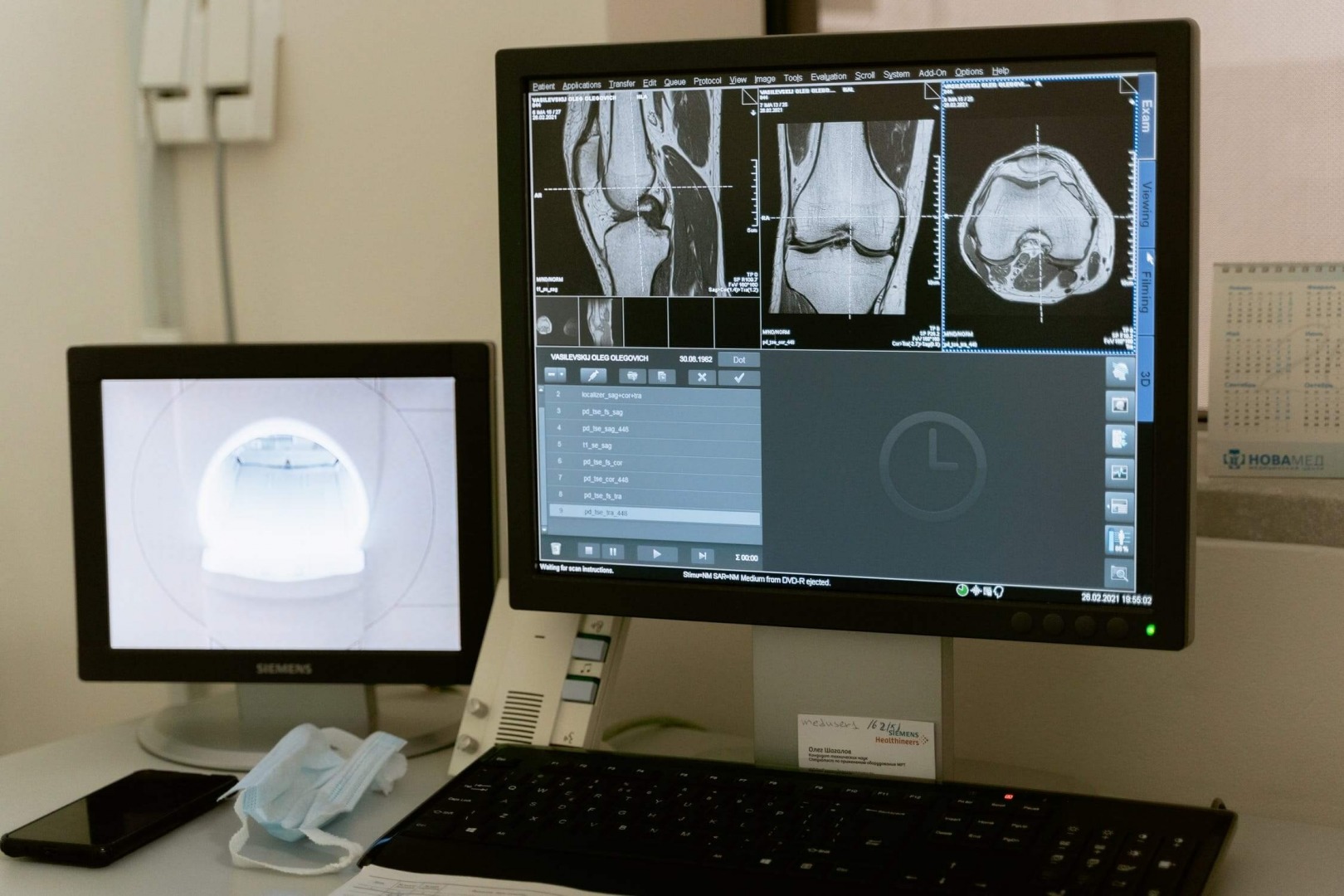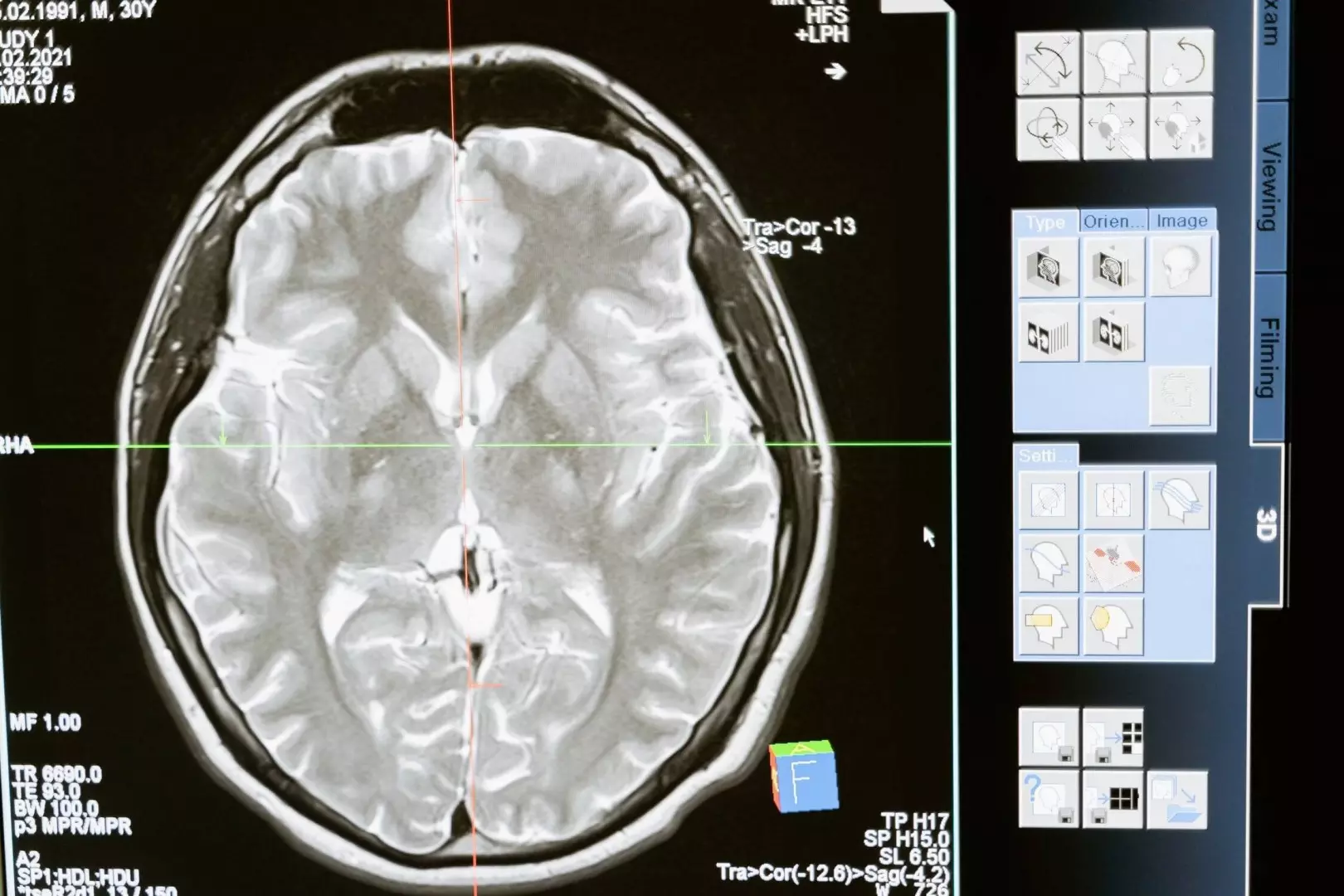Comments
- No comments found

A simple chest X-ray can identify you with 95% accuracy.
Let's start with your fingerprints. They are simple dermal patterns that have become a standard for personal identification. Think about that for a minute. It's a biological attribute that can be "analyzed" to validate establish who you are. It's all about patterns. And in biology and medicine, patterns define many aspects of systems and offer enlightening wisdom that can lead to deeper understanding. Today, we leverage technology to look for these patterns. And AI-mediated pattern detection is proving to be a valuable tool to see what humans just can't.

These patterns are unique. These patterns are you.
The question naturally arises as to what degree these "unique patterns" can be used—just like your fingerprint—as markers of your identity. From blood components to eyes to voice, our biomarkers are becoming less an abstract aspect pattern of our physiology and more a technological photograph that reveals exactly who you are. A recent paper examined how even a common chest X-ray can be used to re-identify the specific patient with 95% accuracy. The authors clearly expressed how this can pose significant risks.
Based on this high identification rate, a potential attacker may leak patient-related information and additionally cross-reference images to obtain more information. Thus, there is a great risk of sensitive content falling into unauthorized hands or being disseminated against the will of the concerned patients.
It seems that the removal of a name associated with medical data or imaging is the standard for anonymizing and protecting privacy. But the reality is that removing typical patient identifiers may offer less and less protection as advances in technology-based pattern recognization expands. And beyond the esoteric aspect of research and medical imaging, the future is shifting from "pattern recognition" to "person recognition" and opening Pandora's box of privacy, particularly with respect to conventional consumer protections like the Health Insurance Portability and Accountability Act of 1996 (HIPAA).
Patterns can help make us who we are. One of the clear roles of technology, machine learning, and artificial intelligence is the recognition of patterns, even those hiding in plain sight. This tech spotlight shines brighter every day. And I wonder if eventually, there will be no place to hide.
John is the #1 global influencer in digital health and generally regarded as one of the top global strategic and creative thinkers in this important and expanding area. He is also one the most popular speakers around the globe presenting his vibrant and insightful perspective on the future of health innovation. His focus is on guiding companies, NGOs, and governments through the dynamics of exponential change in the health / tech marketplaces. He is also a member of the Google Health Advisory Board, pens HEALTH CRITICAL for Forbes--a top global blog on health & technology and THE DIGITAL SELF for Psychology Today—a leading blog focused on the digital transformation of humanity. He is also on the faculty of Exponential Medicine. John has an established reputation as a vocal advocate for strategic thinking and creativity. He has built his career on the “science of advertising,” a process where strategy and creativity work together for superior marketing. He has also been recognized for his ability to translate difficult medical and scientific concepts into material that can be more easily communicated to consumers, clinicians and scientists. Additionally, John has distinguished himself as a scientific thinker. Earlier in his career, John was a research associate at Harvard Medical School and has co-authored several papers with global thought-leaders in the field of cardiovascular physiology with a focus on acute myocardial infarction, ventricular arrhythmias and sudden cardiac death.
Leave your comments
Post comment as a guest